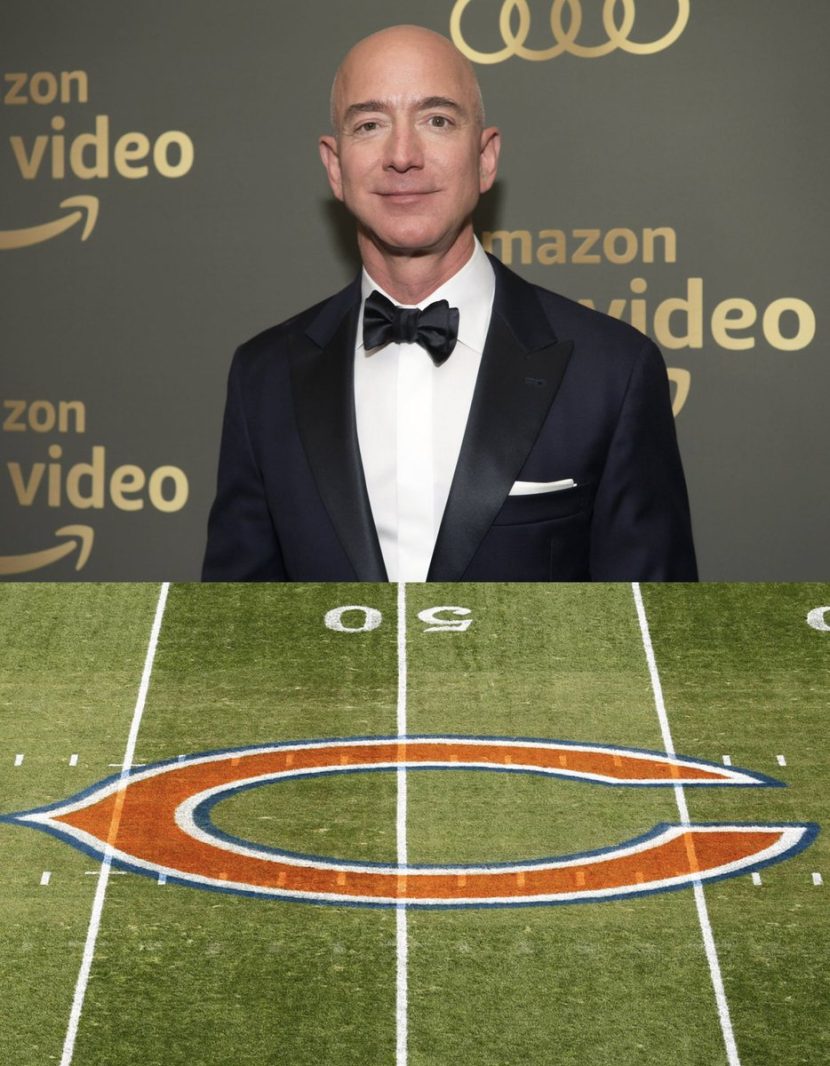On Thursday, we highlighted the presence of a fraudulent George McCaskey account on Twitter — which managed to deceive individuals like Adam Schefter, Ian Rapoport, and NFL spokesperson Brian McCarthy into following it. (We fell for it initially as well.) After the impostor George claimed that the Bears aren’t available for purchase, we inquired with […]


On Thursday, we highlighted the presence of a fraudulent George McCaskey account on Twitter — which managed to deceive individuals like Adam Schefter, Ian Rapoport, and NFL spokesperson Brian McCarthy into following it. (We fell for it initially as well.)
After the impostor George claimed that the Bears aren’t available for purchase, we inquired with the Bears about the legitimacy of the account. It is not.
To be more precise, it wasn’t.
During this process, Twitter added a notification referencing our article, indicating that the account was impersonating McCaskey in breach of the site’s parody, commentary, and fan account guidelines.
That’s acceptable, but identifying fake accounts shouldn’t resemble a game of Whac-A-Mole. The counterfeit McCaskey account never should have been created. It should not have received a blue checkmark, which has lost its significance since a blue checkmark can now be purchased. (We received ours for free, without solicitation. We won’t pay for a gold one.)
This is merely one of the numerous tangible reasons why Twitter has diminished in value for many. It is too simple to mislead someone. And it is too challenging to trust things at face value.








